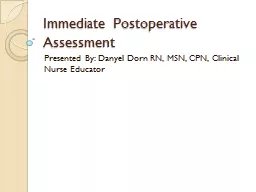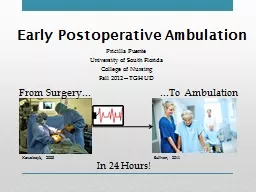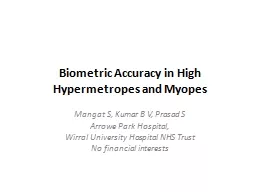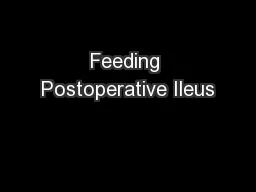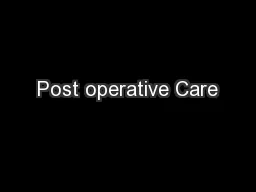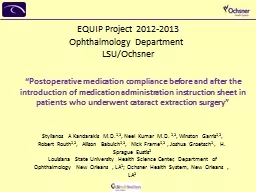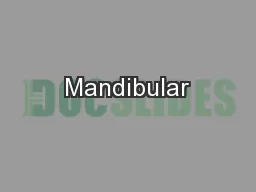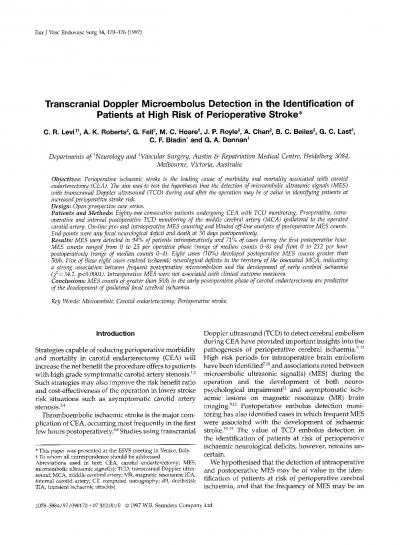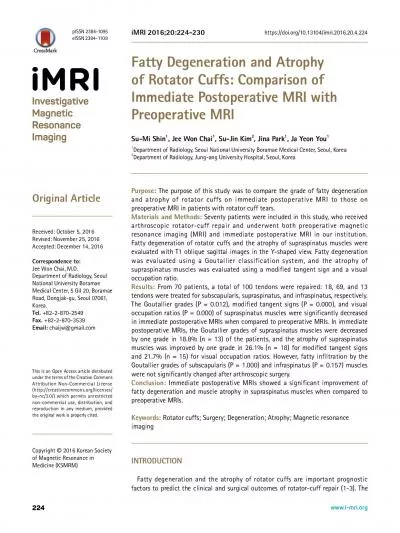PPT-Immediate Postoperative Assessment
Author : WickedlyCool | Published Date : 2022-07-28
Presented By Danyel Dorn RN MSN CPN Clinical Nurse EducatorPediatric Service Line Purpose Demonstrate skills to perform the initial assessment of the pediatric patient
Presentation Embed Code
Download Presentation
Download Presentation The PPT/PDF document "Immediate Postoperative Assessment" is the property of its rightful owner. Permission is granted to download and print the materials on this website for personal, non-commercial use only, and to display it on your personal computer provided you do not modify the materials and that you retain all copyright notices contained in the materials. By downloading content from our website, you accept the terms of this agreement.
Immediate Postoperative Assessment: Transcript
Download Rules Of Document
"Immediate Postoperative Assessment"The content belongs to its owner. You may download and print it for personal use, without modification, and keep all copyright notices. By downloading, you agree to these terms.
Related Documents

